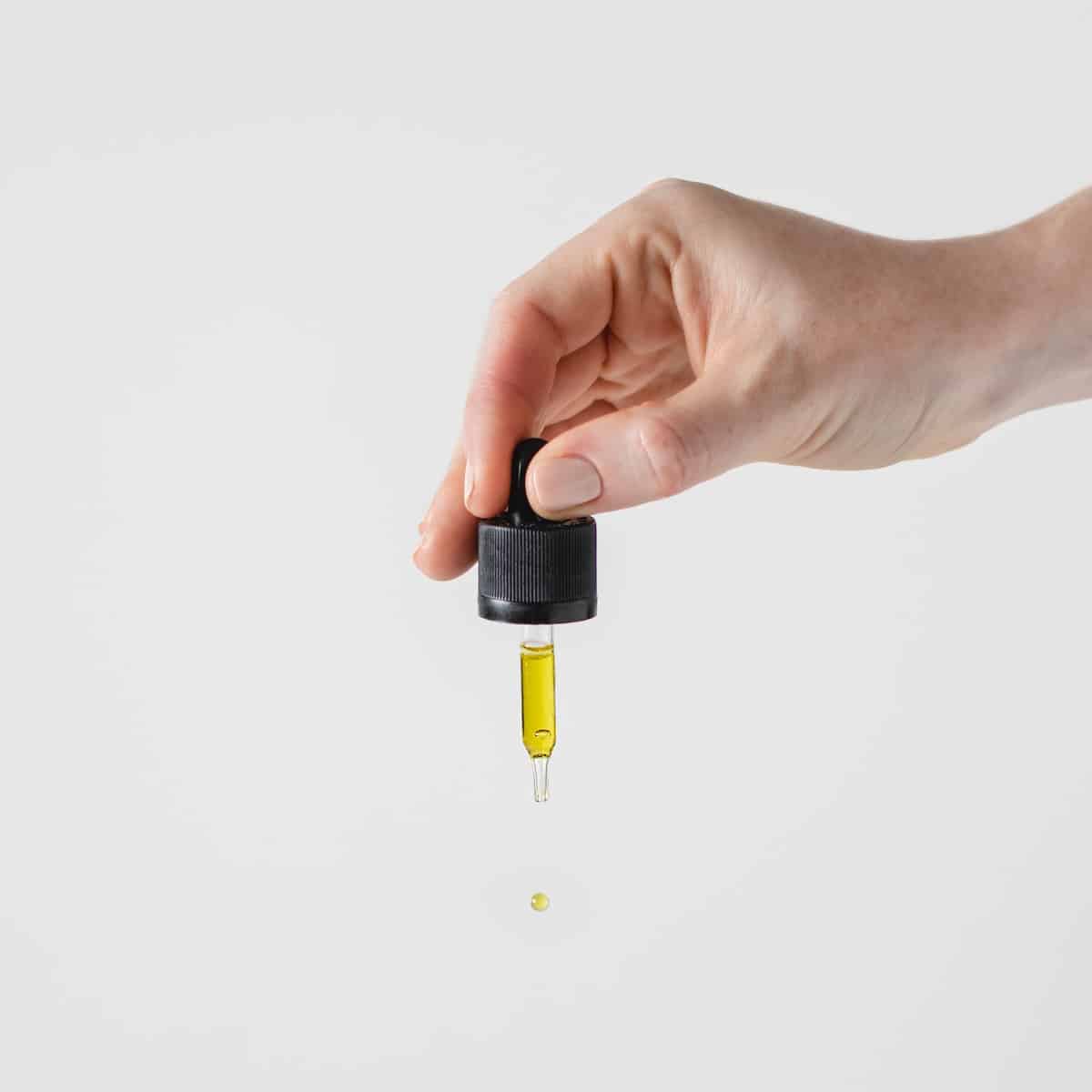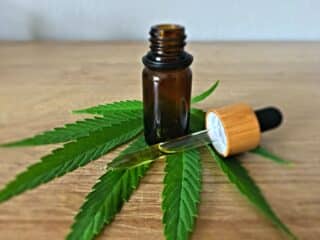
If you’re like most savvy shoppers, you’d go for the one that’s been tested, right? After all, the results of these tests give you an objective look at what’s inside the product. They tell you if the product has the amount of CBD it claims to have, if it’s free from harmful substances, and even give you a peek into the ‘flavor’ components of the product, like terpenes.
However, while you may find the label reassuring, the work is in the details. Often, to get the full story, you’ll need to head to the manufacturer’s website and download a document called a Certificate of Analysis or COA. Now, this COA is basically your product’s report card, and it’s full of valuable information. But how do you make sense of all those scientific terms and figures if you don’t know what tests were done in the first place?
That’s why we’re here. In this post, we’re going to break down the four key third-party tests typically performed on CBD and hemp-based products and how to make sense of the COA.
4 Third-Party Tests Performed on CBD Products
The number of tests can vary from one CBD testing facility to another, but for the average consumer, there are four tests you’re likely to encounter time and again.
These include:
- Cannabinoid Profile Testing
- Terpene Profile Testing
- Contaminants Testing
- Residual Solvent Testing
Cannabinoid Profile Testing
Cannabinoid Profile Testing, also sometimes simply referred to as potency testing, is the first test you’ll often see on a COA.
You’ve probably heard of THC and CBD, the most well-known cannabinoids. THC is the compound that gets recreational marijuana users ‘high’, while CBD is the non-intoxicating compound touted for its potential health benefits. But did you know that there are over a hundred other cannabinoids, each with its own potential effects?
The Cannabinoid Profile Test identifies and quantifies these cannabinoids in the product. So, when you’re looking at this part of a COA, you’re seeing how much of each cannabinoid is present. Is the amount of CBD as advertised? Is the THC level within the legal limit of 0.3%? What about the presence of other cannabinoids like CBG or CBN? All this information is laid out in this test.
This data doesn’t just allow you to verify the product’s claims; it also lets you choose a product that fits your needs.
Terpene Profile Testing
Terpenes are organic compounds found in a variety of plants, including hemp and marijuana. While they are mostly known for their aroma, they also play a significant role in influencing the overall effects of a CBD product. For instance, some terpenes might promote relaxation and stress-relief, while others could potentially uplift your mood or boost focus.
Terpene Profile Testing therefore identifies the terpenes present in your product and in what concentrations.
Why is this important? Besides helping you understand more about the potential effects of the product, this information can guide you towards a product that aligns with your needs or preferences. For example, if you’re using CBD to wind down after a stressful day, you might look for a product rich in Linalool, a terpene that’s often associated with relaxation.
Contaminants Testing
Have you ever wondered about what the hemp plant was exposed to before it was transformed into that bottle of CBD oil in your hand? The truth is, like any other plant, hemp can absorb substances from its environment, including potentially harmful ones like heavy metals and pesticides.
Heavy metals such as lead, arsenic, mercury, and cadmium can find their way into the soil from sources like industrial waste and car exhaust. Pesticides, on the other hand, might be used intentionally to protect the hemp crop from pests but end up in the final product. Both heavy metals and pesticides are substances you don’t want to be consuming, especially considering their possible link to health issues.
This is where Contaminants Testing comes in. This test screens the product for a range of heavy metals and pesticides to ensure it’s safe for consumption. On the COA, you should see a list of substances tested for, along with a ‘Pass’ or ‘Fail’ next to each one. A ‘Pass’ means the substance was either not detected or was found in levels deemed safe.
Residual Solvent Testing
Turning raw hemp into a polished final product like CBD oil involves a series of steps, one of which is extraction. This process uses solvents to pull out the desirable compounds from the hemp, like cannabinoids and terpenes. However, if not done properly, traces of these solvents can linger in the final product – and some of them can be harmful.
Residual Solvent Testing is designed to detect any leftover solvents in the final product. The test primarily looks for volatile organic compounds (VOCs) like propane, butane, ethanol, and acetone.
On the COA, you should see a list of solvents that the lab tested for. Next to each solvent, you’ll typically see a numerical value representing the concentration found in the product. The lower the number, the better. However, most reputable manufacturers ensure their products contain no harmful levels of residual solvents.
Conclusion
When you’re shopping for CBD products, it shouldn’t just be about grabbing the most affordable or trending product off the shelf. The real deal lies in the safety, quality, and transparency of what you’re purchasing. Therefore, you should be on the lookout for products that have undergone the essential tests: Cannabinoid Profile Testing, Terpene Profile Testing, Contaminants Testing, and Residual Solvent Testing.





